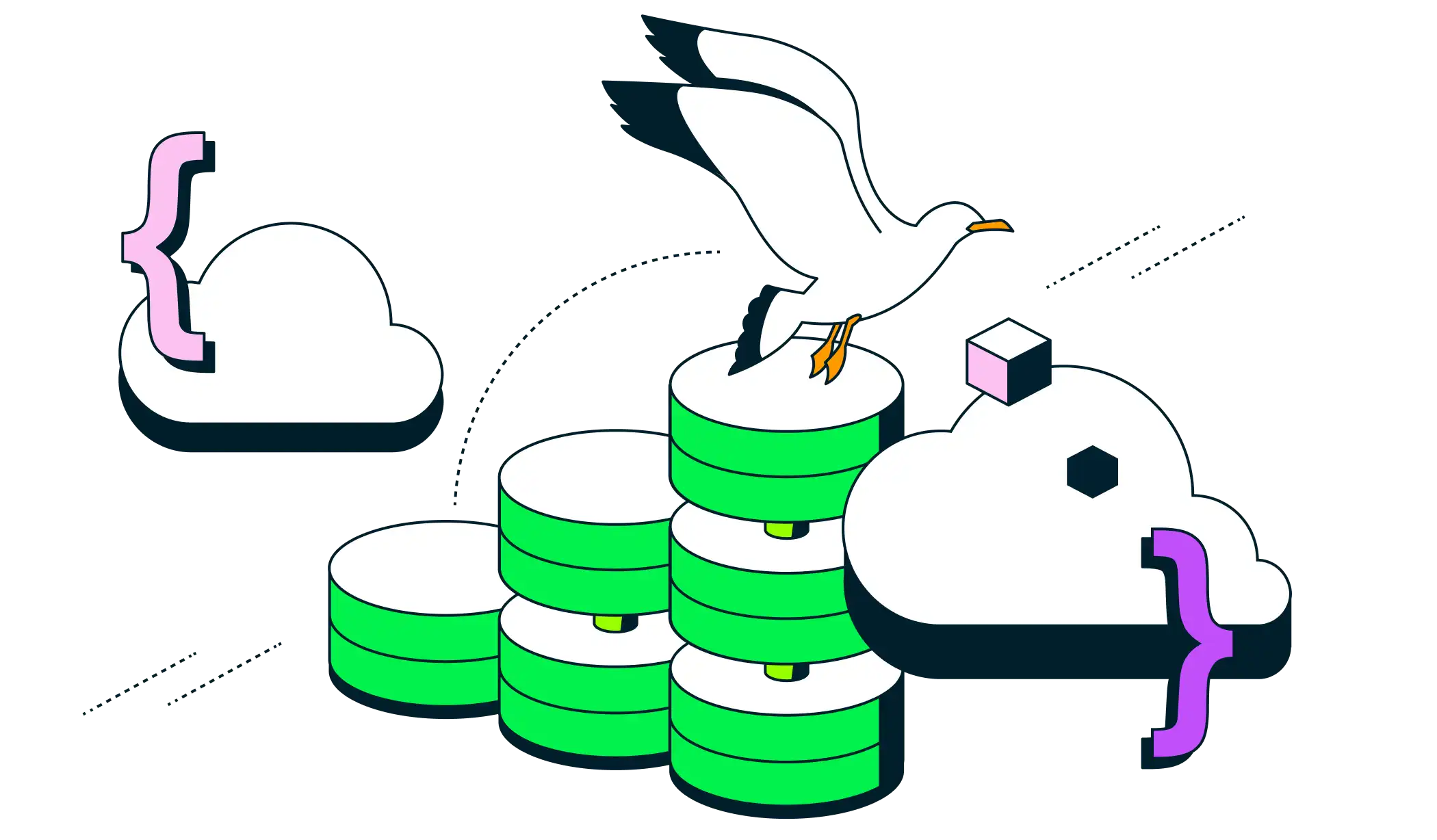What is MongoDB?
MongoDB is a document database designed for ease of application development and scaling.
Run MongoDB with MongoDB Atlas fully managed in the cloud.
Important
MongoDB 6.2 is a rapid release and is only supported for MongoDB Atlas. MongoDB 6.2 is not supported for use on-premises. For more information, see MongoDB Versioning.
To install the latest MongoDB version supported for on-premises use, MongoDB 6.0, see the MongoDB 6.0 installation instructions.

Work with your data in MongoDB
➜ mongosh --port 27017 Current Mongosh Log ID: 123a4bc5d67891011ef1213g Connecting to: mongodb://127.0.0.1:27017/ For mongosh info see: https://www.mongodb.com/zh-cn/docs/mongodb-shell/ test> db.messages.insertMany([ { message: "Hello World!", author: "MongoDB", comments: [], _id: 1 } ]) { acknowledged: true, insertedIds: { '0': 1 } } test> db.messages.findOne({ _id: 1 }) { _id: 1, message: 'Hello World!', author: 'MongoDB', comments: [] }
Aggregate your data
Use aggregation pipelines to process your data in multiple stages and return the computed results.
To learn more, see Aggregation Operations.
test> db.orders.insertMany([ { "item" : "almonds", "price" : 12, "quantity" : 2 }, { "item" : "pecans", "price" : 20, "quantity" : 1 }, ]) test> db.inventory.insertMany([ { "sku" : "almonds", "description": "product 1", "instock" : 120 }, { "sku" : "cashews", "description": "product 3", "instock" : 60 }, { "sku" : "pecans", "description": "product 4", "instock" : 70 } ]) test> db.orders.aggregate([ { $match: { price: { $lt: 15 } } }, { $lookup: { from: "inventory", localField: "item", foreignField: "sku", as: "inventory_docs" } }, { $sort: { price: 1 } }, ])
Encrypt your most sensitive data
Client-Side Field Level Encryption protects data while it is in-use by the database. Fields are encrypted before they leave your application, protecting them over the network, in memory and at rest.
To learn more, see Client-Side Field Level Encryption.

Go Further with MongoDB
Explore libraries and tools for MongoDB.
Use MongoDB in your application’s language
Visually explore your data with MongoDB Compass
Manage and monitor your deployments
